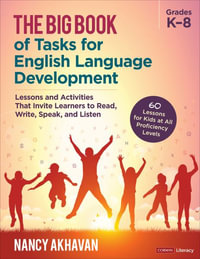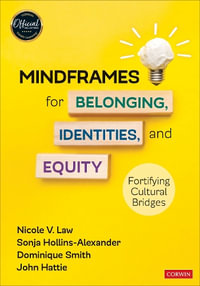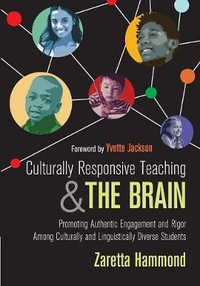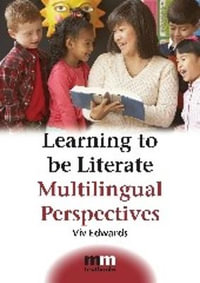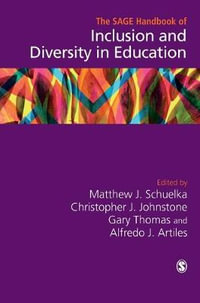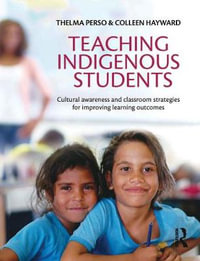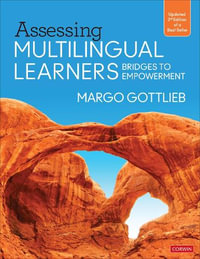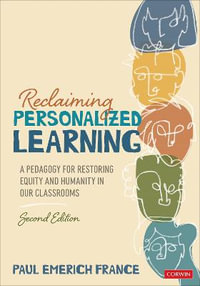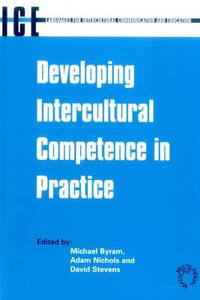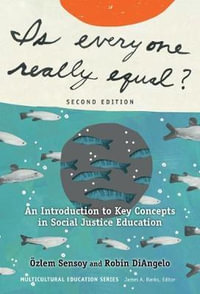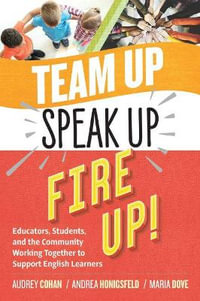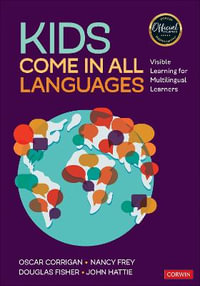This book focuses on preparing culturally competent educators who use culturally sustaining practices and culturally relevant curricula and instruction to reach and teach all students with disabilities, including those with multiple social identities, through a varied multi-cultural lens.
Today's diverse classrooms require that educators possess competencies for teaching all students. This book has two primary audiences:
1. Pre-service educators
2. Special education practitioners and administrators
First, this book will assist pre-service students learning about special education for students with disabilities. We fully expect this book could be a required reading for students majoring in special education, for school social work students, for school counselors, and for students majoring in vocational rehabilitation services as a part of their coursework for transition.
Second, this book will assist special education practitioners and administrators to meet the needs of individuals with disabilities including those with multiple social identities. Understanding the full-range of needs relating to cultural sustaining practices is imperative to working with individuals with disabilities and their families and care-givers. Being able to understand and explain this complex issue to others is important and often very necessary.
This book is incredibly timely. Recent contributors to social injustices are the COVID-19 pandemic and the continued issues around police brutality and people of color. Social injustice in special education is historical and systemic. Special education practitioners are typically unaware of the importance of intersectional differences (Gay & Howard, 2000; Owen, 2010). Historically, practitioners have only been prepared to address cultural perspectives during awareness days and or through specific units in curricula. Other times they discuss it diagnostically (Linton, 1998), such as part of an educational plan or a need to learn English as a second language.
Other issues stem from the value system of the special education practitioners themselves; some are not willing to engage in these concepts (Darling-Hammond, 2002); some "define fairness and equity as treating all children the same; and [others identify being] 'colorblind' [as] valuing diversity" (Owen, 2010, p. 18). Even when special educator practitioners attempt to address injustices on behalf of their students, they tend to center only on the student's disability which means they are ignoring or erasing other aspects of their students' identities.
These issues highlight the importance of building the cultural competence of our teaching force. This book will help practitioners build this competence in their own spheres of influence.
Industry Reviews
Disability, Intersectionality, and Belonging in Special Education offers preservice educators to practicing professionals in the field of education critical theories, frameworks, and strategies to rally improvements in the lives of students with disabilities. The textbook is divided into four parts with 12 chapters illustrating the concepts of disability with intersectional belonging in special education. By applying research to actual experiences, this volume helps practitioners understand that students are more than disabled and have sociocultural identities that impact their needs. Each chapter also provides vignettes with pause-and-reflect questions. Preservice teachers need to pay close attention to chapters 4-6, which present an overview of various models for describing disability and how society thinks about it. Part 3 provides school and classroom strategies for incorporating students with diverse sociocultural identities. The final section reminds readers to be mindful of their own biases when they communicate with students. In sum, practitioners need to create a sense of belonging for all students. It is refreshing to examine a textbook that finally promotes a more comprehensive environment for all students with disabilities. Highly recommended. Undergraduates through faculty; professionals.
-- "Choice Reviews"
I think that special education teachers, as well as other education professionals, would benefit from having this book included in their preparation programs because it would help to increase their cultural competence. It appears that this book would help teachers to think about the various elements that may contribute to a student's identity including their disability, culture, race, gender, or sexual orientation. By increasing their overall understanding of various aspects of students' identities, educators can become more skilled and capable of working with a diverse array of students. Increasing educators' cultural competence makes them more capable of designing interventions and strategies that are useful and advocating for the whole student more effectively.
--Nina Parrish, Parrish Learning Zone
The author eloquently presented content to meet the unique individual needs of students with disabilities. The content gives specific strategies on working with a diverse population of students with special needs
--April Goins-Jones, assistant professor, Fayetteville State University
This book would make a significant contribution to the literature. We have been working with our own pre-service students to help them understand the various complexities that children bring to school that can impact their learning and sense of belonging, and to recognize that the strategies for responding often cross these complexities. The authors very appropriately identified Universal Design for Learning as a key set of competencies that ALL teachers need. The literature has identified this approach to instructional planning and delivery as important for students who have experienced racial trauma, who are categorized as having a disability under IDEA, and who are multilingual learners.
--Elizabeth Altieri, PhD, director of School of Teacher Education and Leadership

